Action is the test of what you know and can do. It is where you see the results of reflection and self-assessment. The CompSAT protocol, Keys to Reflection and Inquiry, is designed to help you formulate good questions, pursue inquiry, and take action to improve your daily practice. The results of your actions provide evidence of your professional growth, and hopefully, spur you on to generate more questions and take further action. Action and reflection are essential to the processes of growth and change.
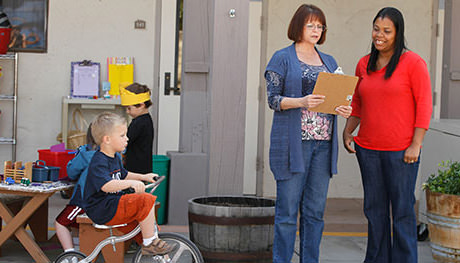
In her article "Social Justice in Early Childhood Classrooms," Nora Hyland suggests a research project that we recommend you undertake, reflect on, and write about.
Observe all of the children to understand how they talk among themselves about specific issues of race, culture, family structures, and economic circumstances. Specifically, notice ways that children set limits or boundaries in defining what it means to have different skin color, languages, or family circumstances.
Use these sorts of observations to identify issues of injustice, and to open discussions among the staff about discomfort and discriminations in order to devise a plan for countering these impressions of difference with the children.
Use this template to record your observations, thoughts, and feelings. Download the Template
Deepen your understanding of the Topic: Culture and language development and learning. You'll find it in Performance Area 3 in the CA ECE Competencies. Scroll to page 25.
Can you find other places in this competency area that address your interests and needs?

Look for children's books to help children explore their thoughts and feelings about cultural differences in your bookstore or local library. Here are a few suggestions to get you started.
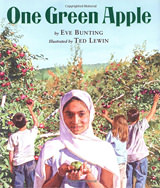
Facing the challenges of being a new kid in a new country with a new language, Farah finds comfort in the similarities she finds on a field trip to an apple orchard. As the class works together to make apple cider, the young Muslim immigrant begins to connect with her classmates when she realizes it takes many types of apples to make the sweet beverage. For children ages 4 and up.

Originally written during a time when races were often separated, two little dots of colors form a friendship represented by the color green that was not accepted by all, namely their own parents. However, the message of tolerance and acceptance of cultural diversity is delivered through the blending of the colors by the parents themselves in the end. For preschool and beyond.

With messages of tolerance and the beauty of diversity weaved into the tales of two birds from different parts of the world, children will grasp the easy-to-understand messages illustrated in the watercolor artwork of Kitty Crowther. Children will learn that the birds' friendship is based on what's beyond their feathers — what's inside their hearts. For children ages for 4-8.
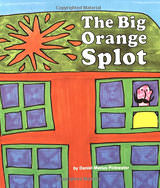
The message of individuality and self-actualization is easily delivered when Mr. Plumbeans's house is splashed with orange paint. He chooses to paint his house in multicolored hues in response to the intolerance of his neighbors. For children children ages 4 and up.
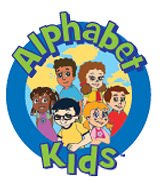
This multicultural series of books features kids of all different ethnicities who experience intolerance but grow thorough the discovery of their own customs, strengths and appreciation of others' differences. These affordable reads help promote tolerance and understanding of cultural diversity through situations with which kids can identify. For children ages 2-7.
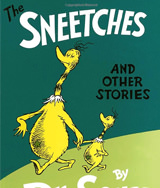
Unlike many of the Dr. Seuss books you know, this children's book contains a number of short stories that weave a message of tolerance and teaches kids about diversity. Through the Sneetches, Zax and two other stories, the lesson that friendship is more important than differences is delivered through Dr. Seuss's lovable way. For children ages 5 and up.

When a small disagreement over a hummus sandwich causes two best friends to divide, the story spreads across the school and transforms into intolerance. In an effort to mend fences, the principal helps the girls to celebrate their differences while giving the student body a lesson in the beauty of cultural diversity. For children ages 3 and up.

Through a little girl's quest to paint a picture of herself, Lena and her mother take a walk through their neighborhood to understand that skin color comes in all sorts of shades. As Lena and her mother compare each person's skin color to food such as honey, cinnamon and more, diversity is put in a perspective even small children can grasp. For children ages 4 and up.